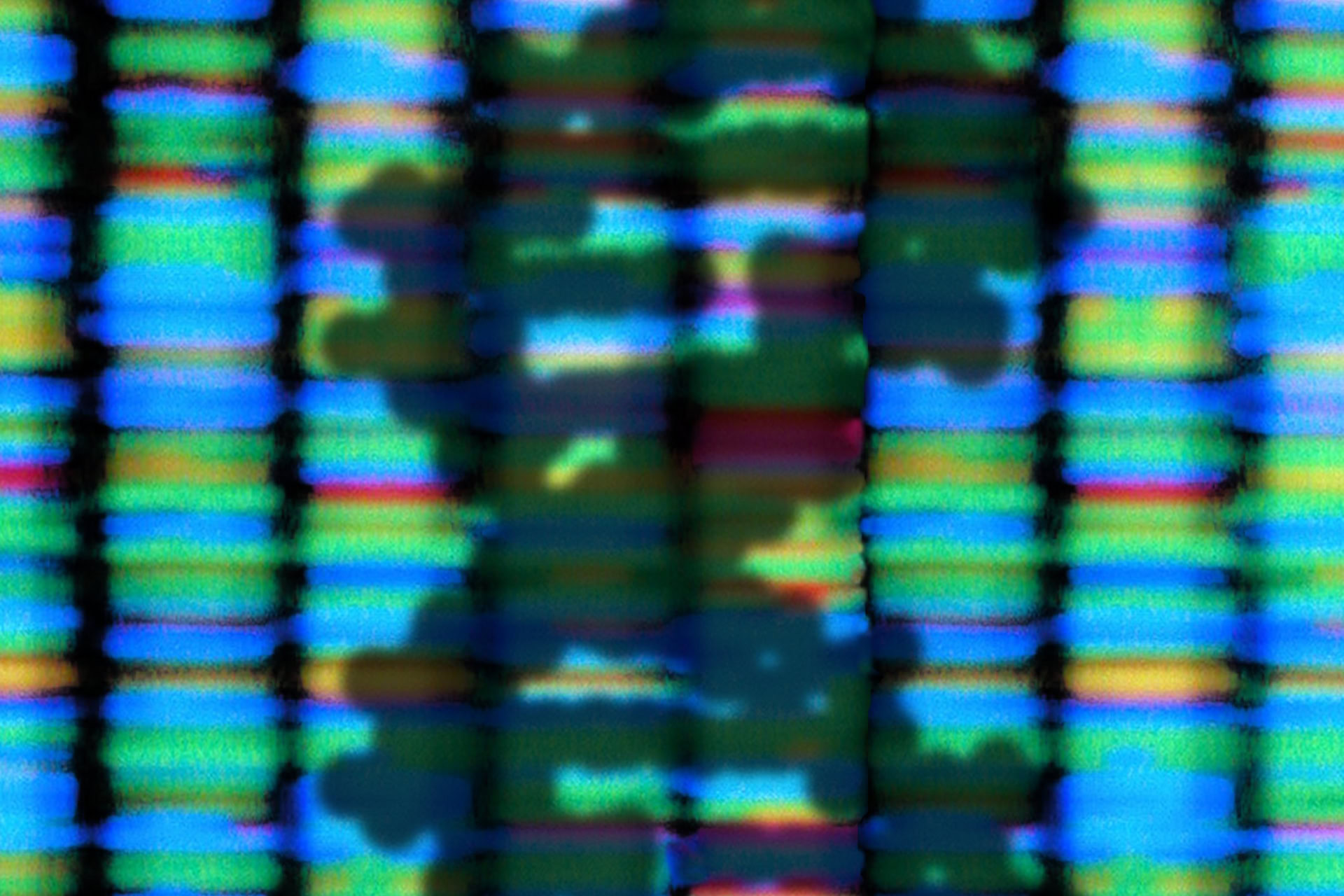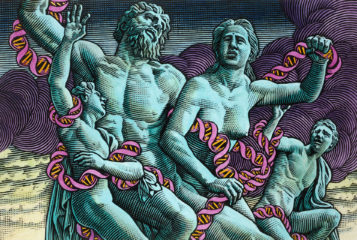Along with complaining about the weather, tracing ancestry appears to be a much-loved British pastime, and this examination of the genetic heritage of modern Scotland is in many respects a natural extension of this fascination.
This comprehensive account traces Scottish ancestry 'all the way back' to the first Homo sapiens to inhabit Europe and right up until post-Second World War immigration. It has been pieced together using a variety of methods including population genetics, archaeology and linguistics. The evidence, although somewhat cherry picked, is woven together to create a colourful account of migration, settlement and population development.
However, it may be a change for those who are used to an argument substantiated with extensive footnotes and original source material - here you will have to take the authors at their word — or look to the very short bibliography.
The book opens with a chapter entitled, 'The Refugees' - the first Homo sapiens to arrive in Europe in around 40,000 BC. These distant ancestors are believed to have painted the images in the Chauvet Cave, southern France, 27,000 years ago. In many respects the book is centred on these cave dwellers, who are thought to be the first of the species to have made the journey towards modern-day Scotland.
Population genetics is then introduced with a whistle-stop tour of the Y chromosome and mitochondrial DNA, emphasising the increasing importance of genetic analyses in understanding population distribution and migration over time. Alongside the genetic analysis of migration patterns across the British Isles, the author develops vivid images drawing on more traditional, historical methods.
A particularly interesting example of this is the archaeological insight into the move towards growing and storing cereal crops. This brought with it a significant increase in population, and the beginnings of the mastery of the environment by Scotland's early dwellers.
The authors also provide a significant discussion of linguistic migration and the early origins of the Scottish Gaelic, not omitting to mention Scotland's prevalence of redheads. They state 30 percent of Scots carry one of the genetic variants needed to pass on the characteristic.
While the book presents an interesting understanding of the development of Scotland as a country, as well as the Scottish race and culture, there could be more discussion of how genetics are meaningful to this identity. In the introduction, the authors comment on a rugby crowd at Murrayfield: 'What superficially binds and identifies the crowd are their iconography and a sense of shared history. Kilts, flags worn as capes, face paints, See-You-Jimmy hats'.
The authors say this is all part of a story that is 11,000 years old and that the story is one of genetics. While it describes a literal movement of DNA across generations, one cannot help but feel that genetics is somewhat irrelevant to the real history - the human struggle for life and death. Genetics is helpful in filling in the wider picture, but it cannot account for all that it means to be Scottish.
'The Scots: A Genetic Journey' is an interesting and imaginative text, but lacks a convincing genetic basis. When the author proposes that, 'we carry the memory of these remarkable people inside our bodies', I cannot help but feel I am being asked to forgo factual understanding for a certain romanticism. From a sociological perspective it is fascinating to think of our bodies as vessels of our genetic past, but I'm not convinced of the historical or scientific accuracy of such musings.
The journey undertaken by these early ancestors is undoubtedly a fascinating one. The significant appeal of this exploration is the richness of the narratives developed, not necessarily the 'genetic homecoming' alluded to within the text. Nonetheless, the book is an entertaining and informative account of Scottish history, and well worth the read for those with an interest in the genetic and cultural ancestry of the British Isles.





Leave a Reply
You must be logged in to post a comment.